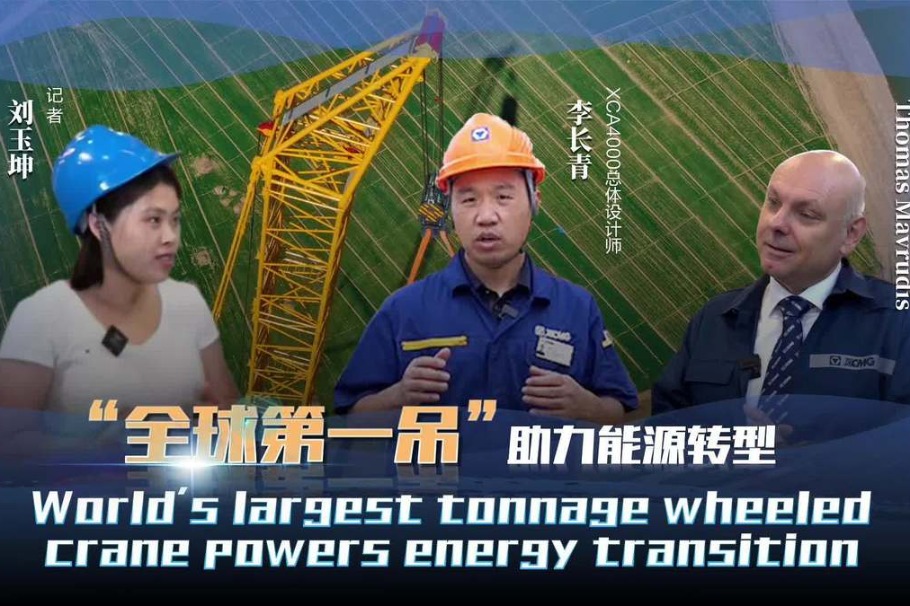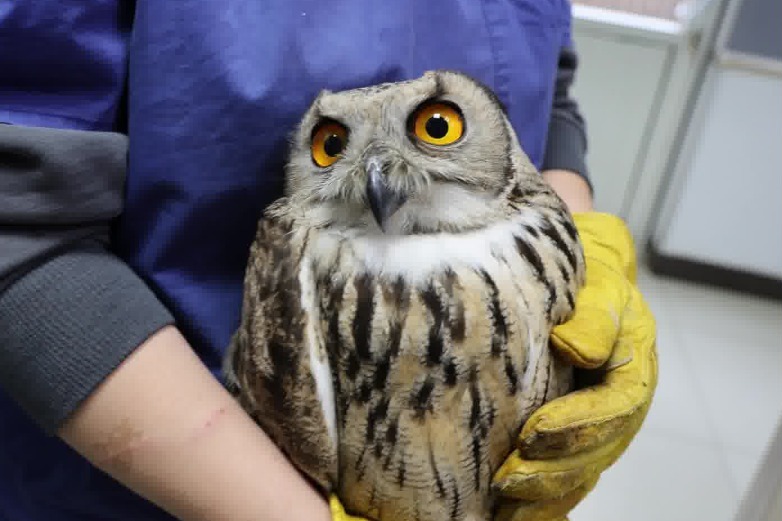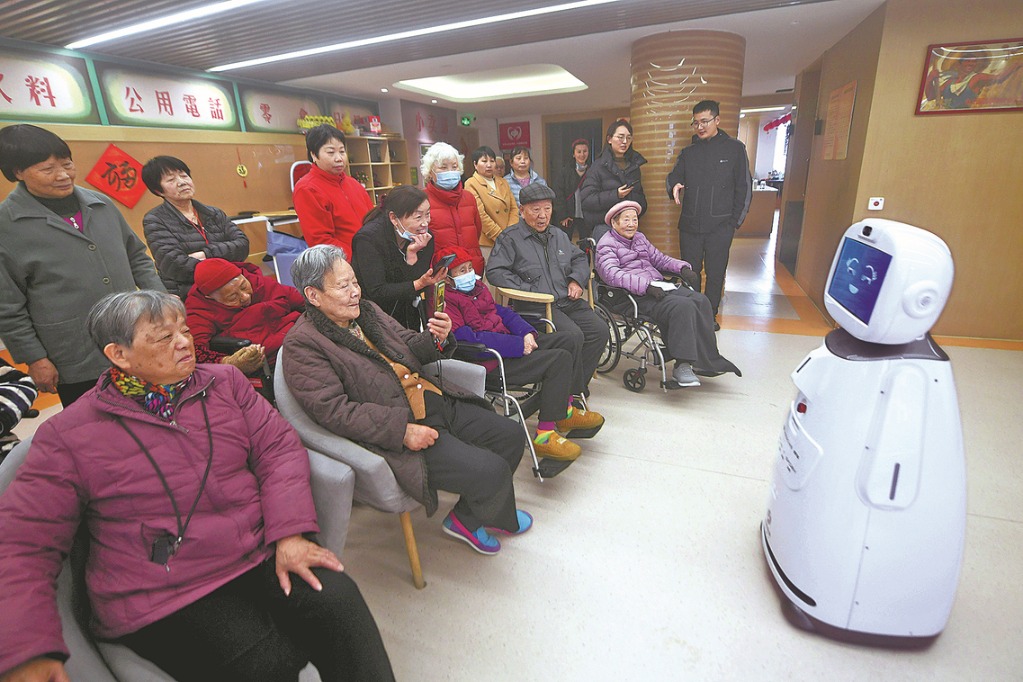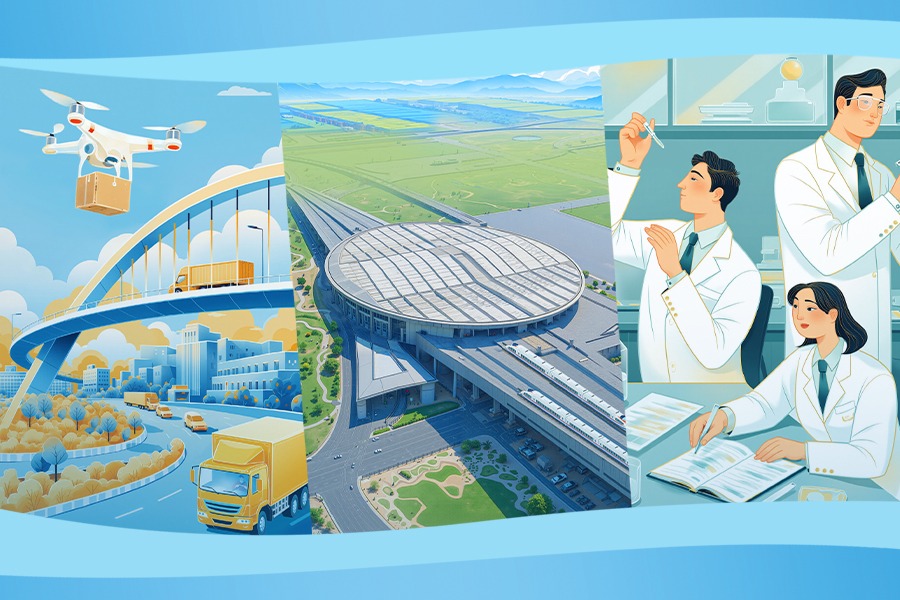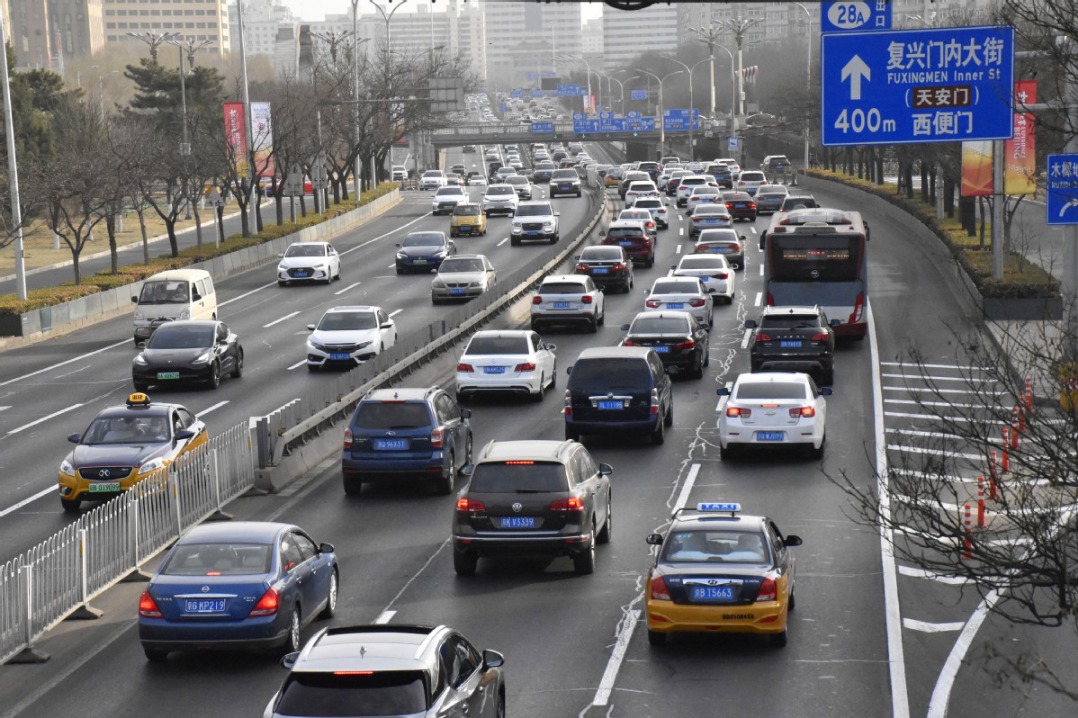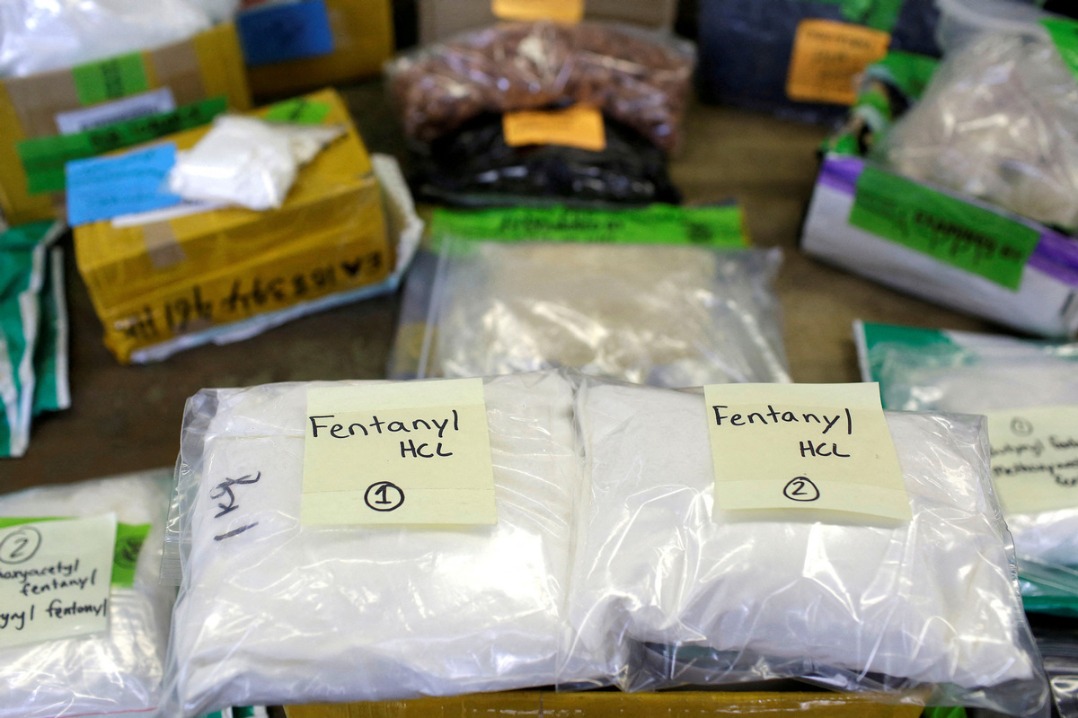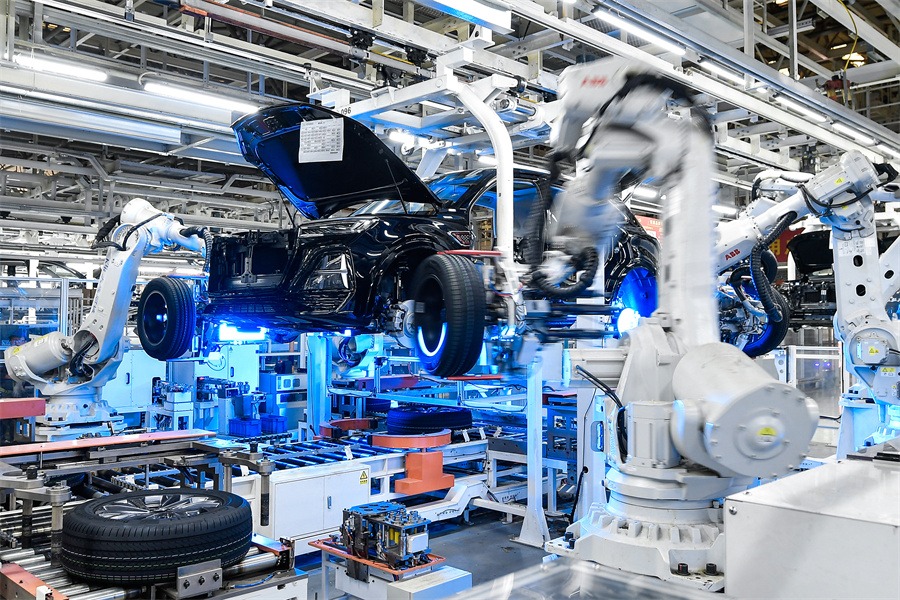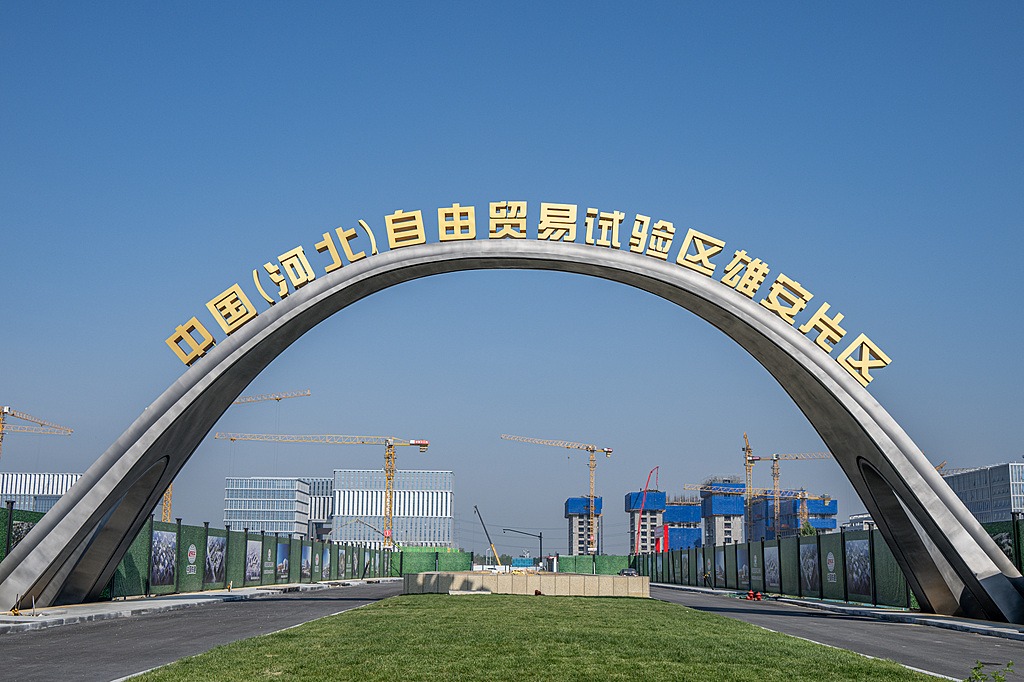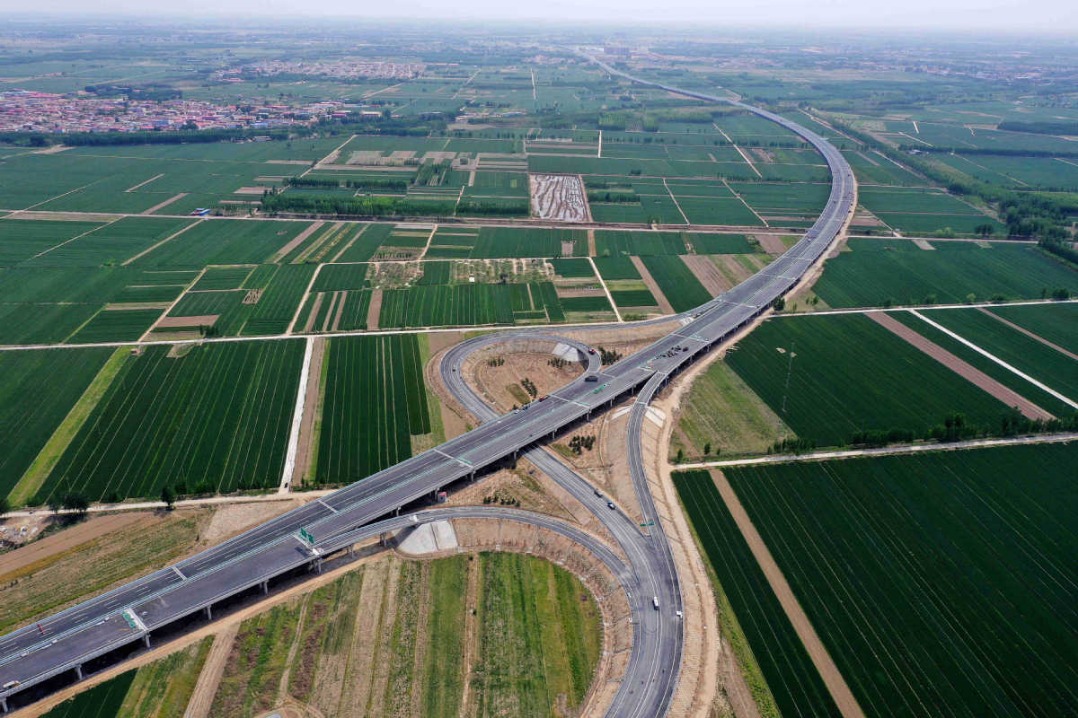Toward a bumper harvest


China contributes wisdom and strength to South-South cooperation on agricultural development
As globalization advances, economic ties between countries have deepened. South-South cooperation has grown to become an important platform driving common development of developing countries. It has prompted technological and economic cooperation between developing countries and strengthened exchanges in such areas as infrastructure construction, energy and the environment, development of small- and medium-sized enterprises, development of human resources, and health and education.
As the world's largest developing nation, China has always been vigorously participating in and promoting South-South cooperation, contributing Chinese wisdom and strength to agricultural development.
Looking back at the development history of China's agricultural sector and rural areas, we are very proud of what we have achieved.
From 1978 to 2023, China's per capita grain output increased from 319 kilograms to 493 kilograms, and its per capita meat output rose from 10 kg to 68 kg. Such changes have dramatically raised Chinese people's living standard and improved the quality of their diet.
Since the launch of reform and opening-up, China has lifted 770 million rural people out of abject poverty. According to the World Bank's international poverty standard, China's poverty reduction population accounted for more than 70 percent of the global total during the same period, making great contributions to the global poverty reduction cause.
China has facilitated the application of advanced scientific and technological achievements in other developing nations' agricultural sector through joint research and development and technology transfers, significantly enhancing their agricultural productivity and output. Such scientific and technological cooperation has not only provided strong support for addressing developing countries' food insecurity, but also injected fresh impetus into the progress of global agricultural science and technology.
Take the cooperation between China and Nigeria as an example. Building on China's advanced agricultural technologies, the two sides have jointly developed a new rice variety, GAWAL R1, in their South-South agricultural cooperation project. Successfully approved by Nigeria and promoted in a large area, GAWAL R1 yields about 30 percent more than the local original varieties. After over five years of promotion and planting, the new variety has increased Nigeria's rice output by over 2 million tons, benefiting at least 200,000 rural households.
Furthermore, China has been committed to sharing its agricultural technologies and experiences with other developing nations. It has helped them enhance agricultural production capacity and greatly promoted local economic growth and people's livelihoods by deploying agricultural experts and holding technical training courses, among others.
For instance, the China-aided Juncao (mushroom and grass) technology project in Papua New Guinea is a flagship project between the two countries. Early in 2001, the project was launched in the Eastern Highlands Province of Papua New Guinea. Following over 20 years of concerted efforts, the technology has been promoted across 17 localities in the country's nine provinces, bringing concrete benefits to over 40,000 local people.
Fruitful outcomes have been achieved in China-Ethiopia cooperation in vocational education as well. From 2001 to 2019, a total of 465 Chinese teachers worked in Ethiopia, training nearly 60,000 local teachers, agricultural technicians and students, which has greatly promoted local agricultural development. In addition, China has been vigorously taking part in the building and reform of the global agricultural trade system.
Agricultural trade is essential for global food security and social development. Promoting the liberalization and facilitation of agricultural trade will substantially improve developing countries' market environment and wealth creation capability. China has been working closely with other developing nations to break the barriers to agricultural trade and promote the free flow of agro-products across the globe. This has not only safeguarded more people's rights and interests to survival and development, but also injected fresh vigor into the development and prosperity of global agricultural trade.
According to the China-Africa Economic and Trade Relationship Report 2023, China's imports of agricultural products from Africa have significantly increased in recent years, with an average annual growth rate of 11.4 percent. China has become the second-largest destination for African agricultural exports.
Over the past few years, China has been improving the "green channel" for African countries' agro-products entering China by further improving relevant procedures. Fresh avocados from Kenya, coffee from Ethiopia, sesame from Tanzania, peanuts from Senegal, pears and oranges from South Africa, and stevia from Rwanda are increasingly seen in Chinese markets, giving Chinese consumers more choices and bringing concrete benefits to African countries. In May 2023, China imported the first batch of corn from South Africa, opening up a new market for corn produced in South Africa.
China's agricultural trade with Latin American countries has been growing rapidly, too.
Tropical fruits from equatorial countries in Latin America, beef from the Pampas, wine from the Andes mountains and coffee beans from tropical forests are increasingly popular among Chinese consumers. Brazil exported $58.618 billion of agricultural products to China in 2023, accounting for 24.85 percent of China's overall agricultural imports. Brazil has been the largest source of agricultural imports for China for six consecutive years starting 2018.
Following over four decades of development, South-South cooperation has become an important platform for facilitating economic and technological cooperation between developing nations. However, currently, many developing countries are mired in multiple dilemmas, among which food insecurity is an acute problem. Promoting growth of developing countries' rural areas and agricultural sector, improving their intrinsic growth momentum and continuously improving the international economic and trade rules and political and economic environment are the key to solving the conundrum.
To start with, South-South cooperation should expand and deepen technological exchanges and collaboration in the agricultural sector.
By jointly developing and popularizing new agricultural technologies and new varieties that can meet different regional requirements, developing countries can further enhance their agricultural productivity and output and reduce production costs, thus enhancing their food self-sufficiency and lowering their dependence on external markets.
Second, South-South cooperation should aim to build a more fair, transparent and stable food trade system.
By strengthening trade talks and negotiations and breaking barriers to food trade, South-South cooperation should help promote the free flow of agricultural products globally. Meanwhile, an effective food storage and emergency response mechanism should be built and continuously improved, to ensure swift, effective responses in the face of food crises.
Last, South-South cooperation should continue to strengthen multilateral cooperation mechanisms, by working closely with international organizations such as the UN Food and Agriculture Organization and the UN World Food Programme.
By jointly planning and implementing food security programs, they can gain more financial and technological support and make greater contributions to the achievement of global food security goals.
The author is a researcher of the Rural Development Institute at the Chinese Academy of Social Sciences. The author contributed this article to China Watch, a think tank powered by China Daily. The views do not necessarily reflect those of China Daily.
Contact the editor at editor@chinawatch.cn.
















